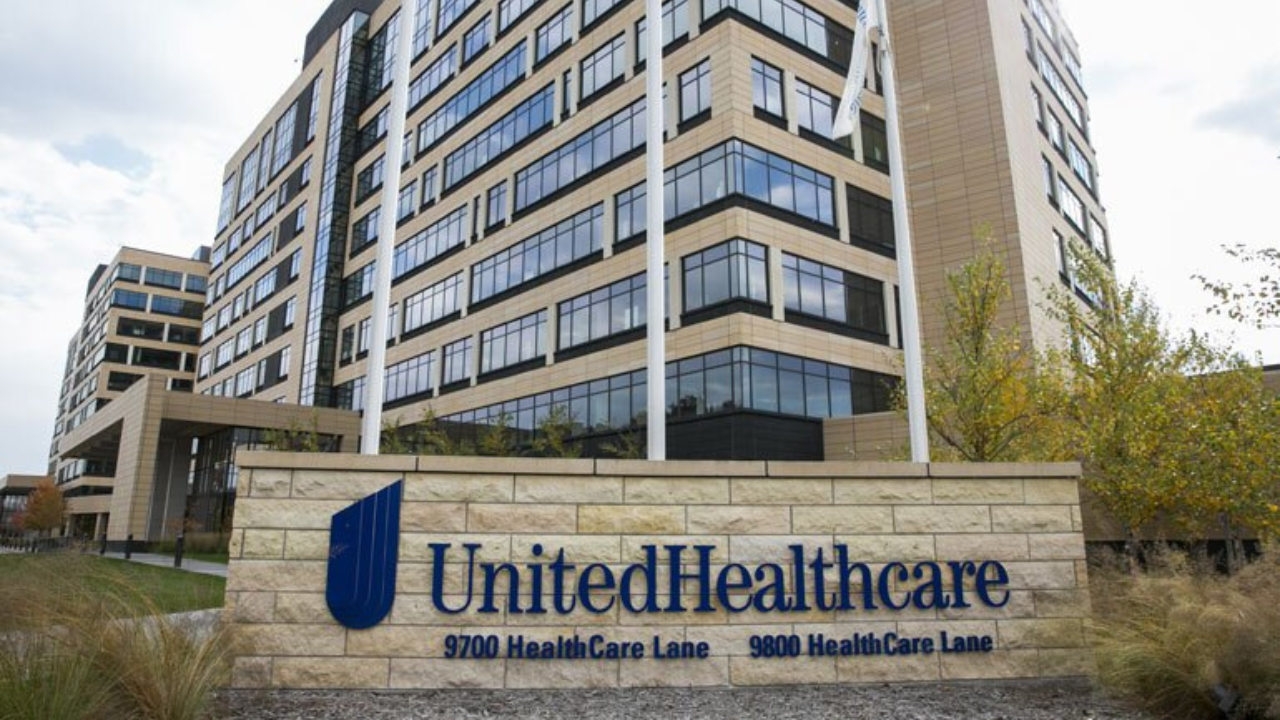The shocking assassination of Brian Thompson, CEO of UnitedHealthcare, at the Hilton Midtown in New York City, has revealed a disturbing truth about the vulnerabilities healthcare leaders face. Thompson’s tragic death underscores the increasing security challenges for executives in the healthcare industry, where public scrutiny, policy disputes, and strained patient-insurer relationships can lead to personal threats.
This incident is not just a loss for one of the nation’s leading health insurers but a call to action for healthcare organizations to prioritize leadership safety while addressing systemic challenges.
Who Was Brian Thompson?
Brian Thompson was a visionary leader who served as CEO of UnitedHealthcare, the nation’s largest health insurer and a division of UnitedHealth Group. Under his leadership, UnitedHealthcare solidified its position as an industry giant, ranking fourth on the Fortune 500 list.

Brian Thompson, CEO, UnitedHealthcare
With over 20 years at the organization, Thompson championed Medicare and Medicaid initiatives, improving accessibility for seniors and underserved communities. Known for his strategic vision and financial acumen, he left an indelible mark on the healthcare industry. Before joining UnitedHealth Group in 2004, Thompson worked as an auditor at PwC in Minneapolis.
His estimated net worth of $42.9 million reflected his influence and success in the field. Tragically, his death not only ended a remarkable career but left a leadership void in an industry already fraught with challenges.
The Growing Threats to Healthcare Leaders
Healthcare executives operate at the intersection of public service and corporate accountability, often navigating contentious issues like insurance costs, policy decisions, and patient dissatisfaction. Rising threats against executives reflect broader societal frustrations, particularly as strained relationships between insurers and patients intensify.

Police investigation at the crime spot
Key Risks Faced by Healthcare Executives:
- Public Resentment: Decisions on coverage and pricing can spark backlash, creating a hostile environment.
- Workplace Violence: Threats and physical attacks have become increasingly common in high-pressure industries like healthcare.
- Targeted Attacks: Executives are at risk during public events, as evidenced by Thompson’s tragic assassination.
The Broader Impact on the Healthcare Industry
Violence against leaders has repercussions far beyond the individual:
- Disruption to Organizational Strategy: The sudden loss of a leader like Thompson can destabilize long-term initiatives.
- Erosion of Trust: High-profile incidents shake public confidence in healthcare organizations.
- Staff Morale: A climate of fear affects employees at every level, potentially hampering productivity.
Strategies to Enhance Executive Security

Stock image of a security agent. Credit: Pexels
1. Strengthen Workplace Safety
- Conduct regular risk assessments for executives and employees.
- Deploy advanced surveillance systems and secure access points in offices.
2. Build Transparent Communication Channels
- Address patient grievances proactively to reduce frustration.
- Foster community trust through educational initiatives and public outreach.
3. Implement Comprehensive Training Programs
- Train leaders and staff to identify threats and respond effectively.
- Develop crisis response teams to handle emergencies.
Brian Thompson’s Leadership: A Legacy of Resilience
Despite the challenges of his role, Thompson led with humility and vision. He prioritized patient needs and strategic growth, leaving behind a legacy that serves as a blueprint for healthcare leadership.

Representative image of the healthcare industry. Credit: Pexels
Lessons for the Industry:
- Prioritize Security: Leaders must incorporate safety into their operational priorities.
- Lead with Empathy: Transparent and patient-centered leadership can mitigate public dissatisfaction.
- Prepare for Uncertainty: Organizations should ensure continuity through succession planning and crisis management.
Conclusion
Brian Thompson’s tragic death has forced the healthcare industry to confront an uncomfortable truth: the safety of its leaders cannot be taken for granted. By learning from this devastating incident, organizations can honor his legacy while ensuring a safer future for their leaders and the communities they serve.

